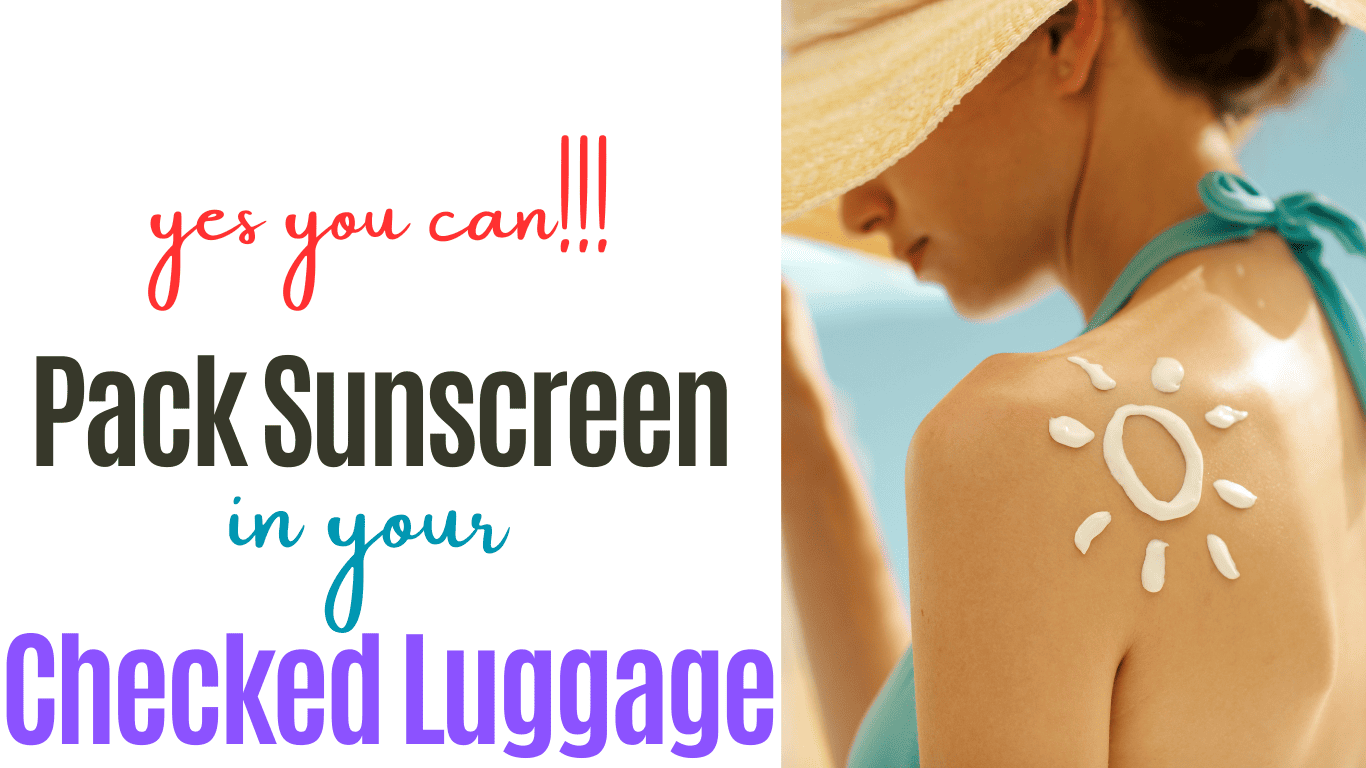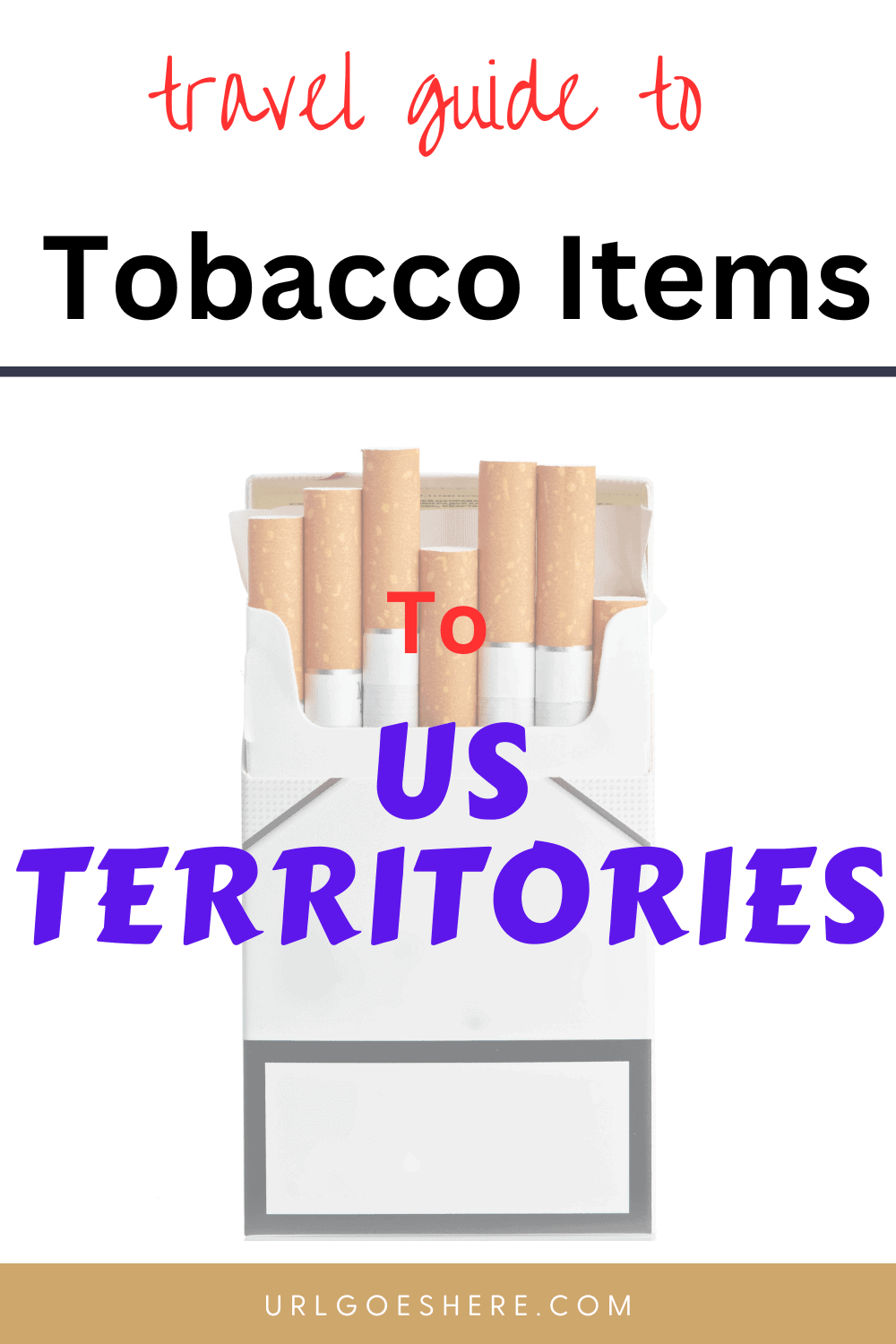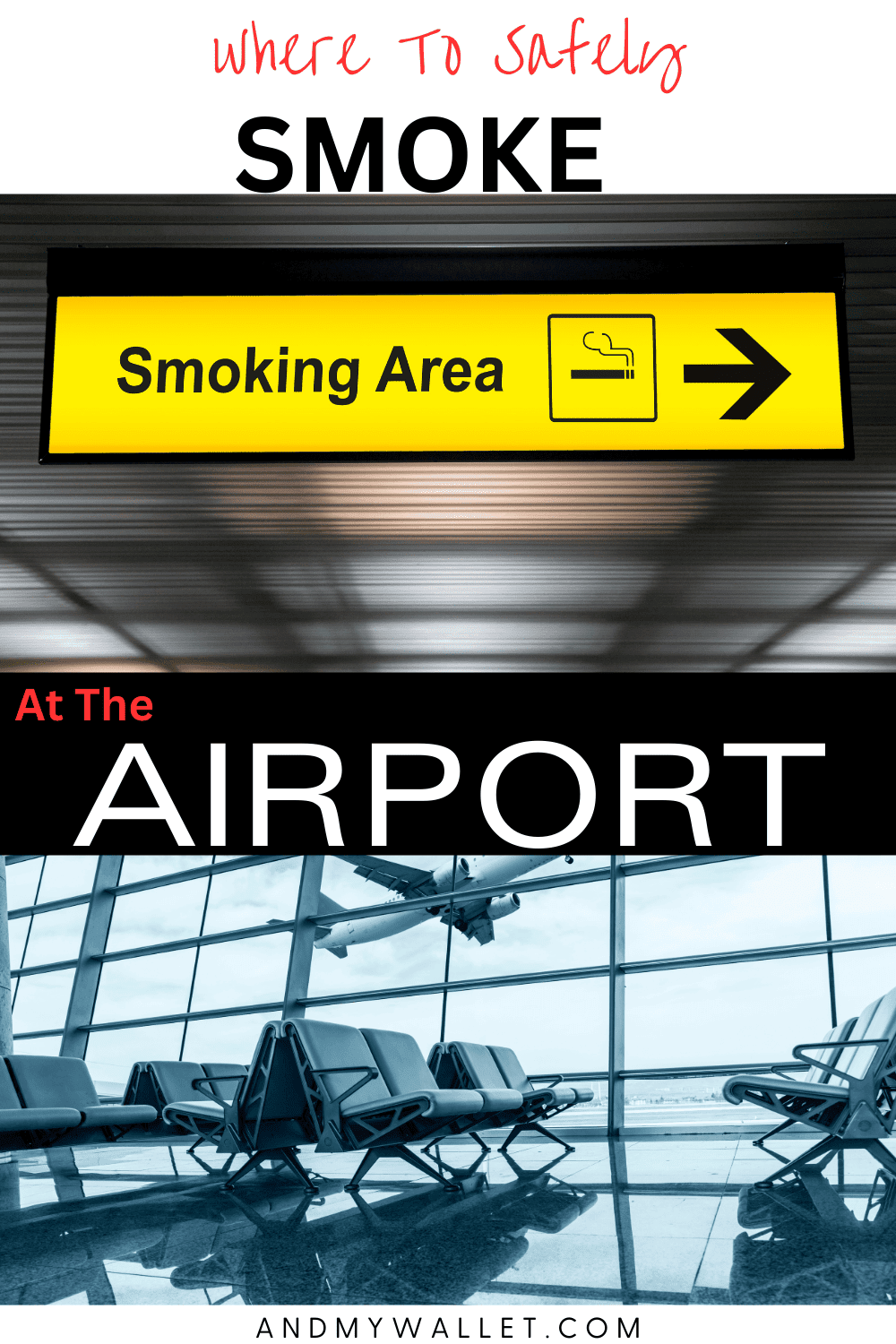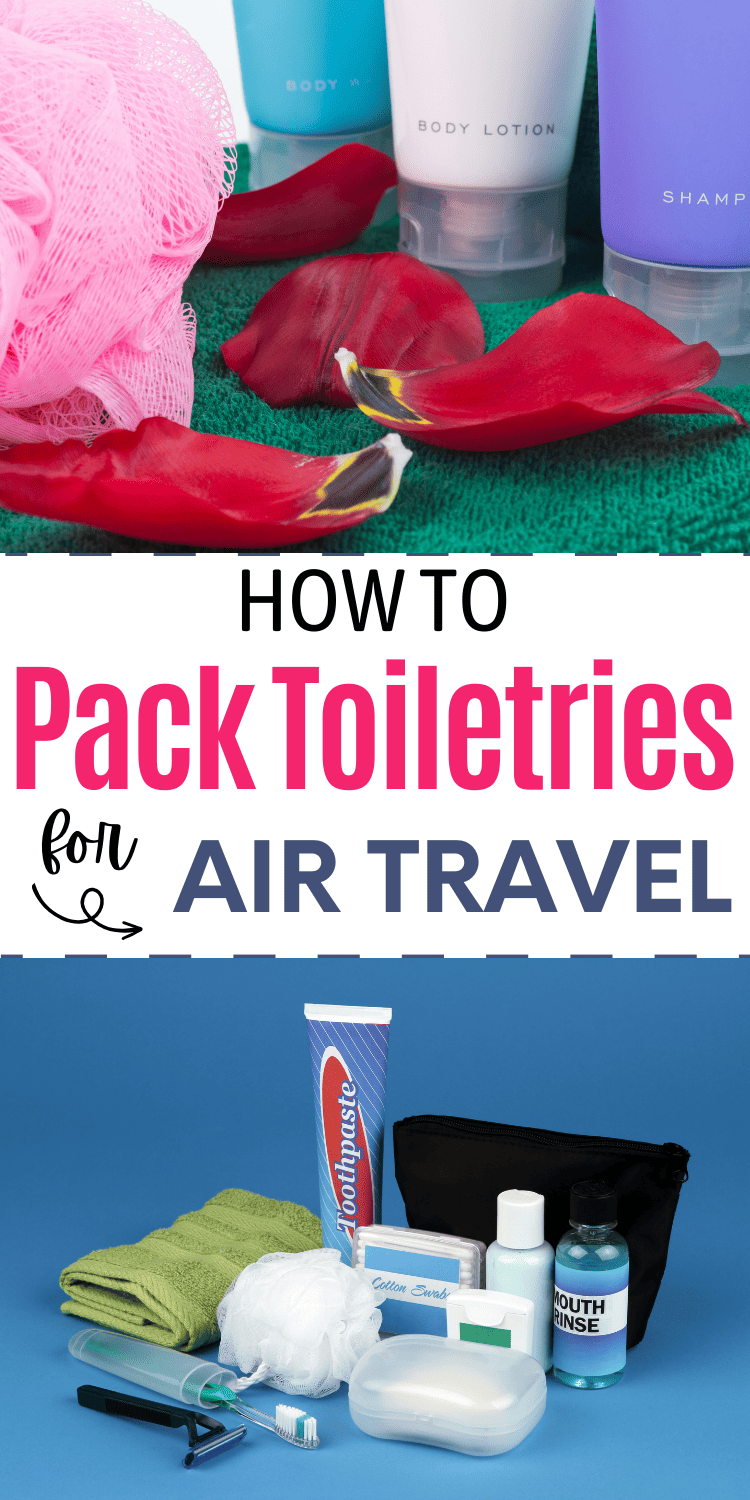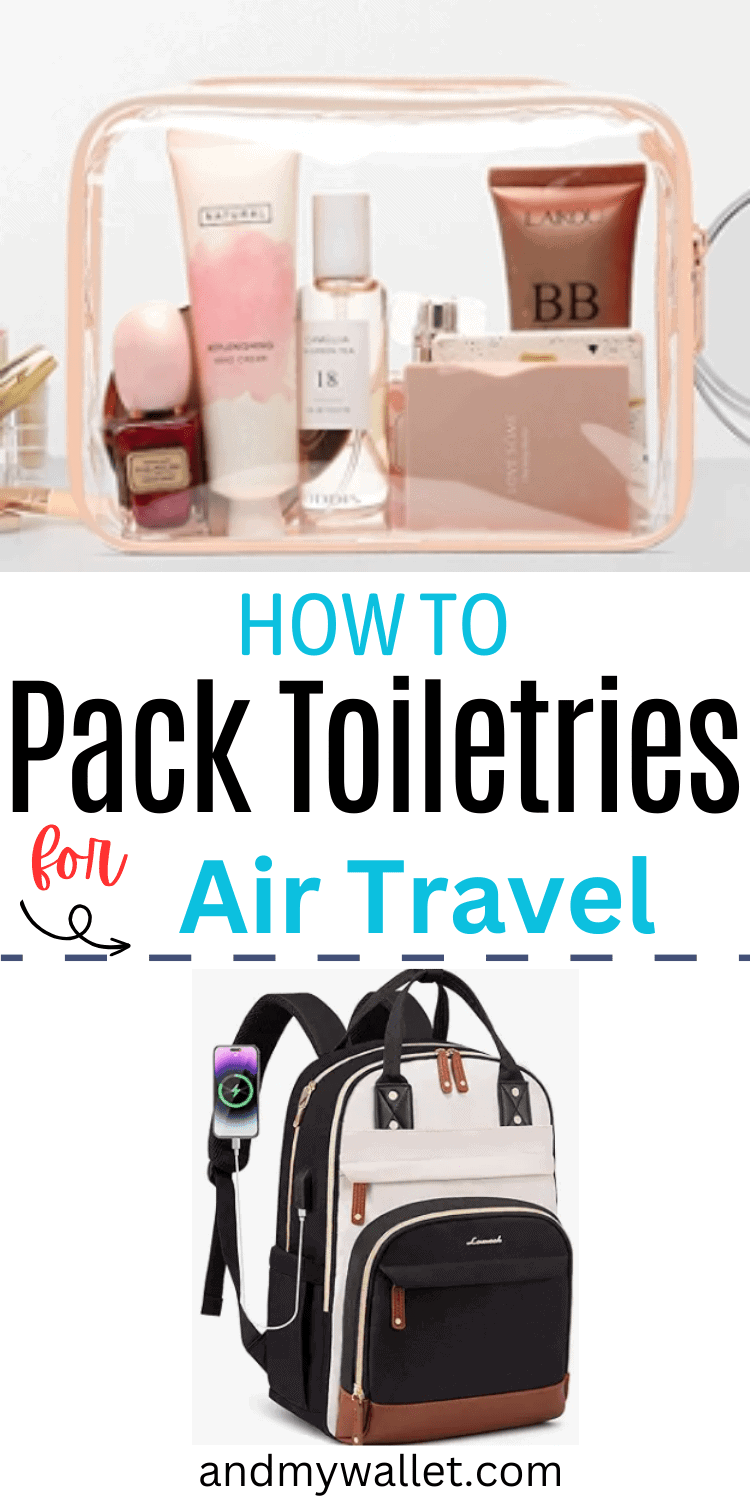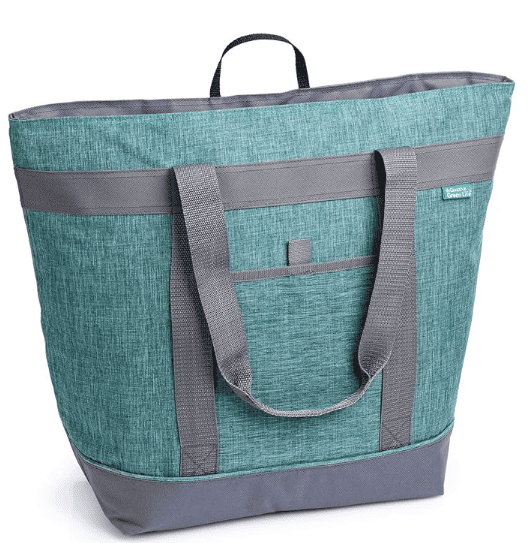This ultimate international travel packing list aims to provide you with the necessary information to prepare adequately for your upcoming adventure.
Embarking on an international journey can be both exciting and overwhelming, with so many details to consider before you ever set foot on a plane.
Ensuring you have the right items packed is crucial for a hassle-free travel experience.
The goal is to ensure that you step aboard your flight with confidence, knowing you are well-equipped with the necessary travel essentials for the journey ahead.
Crafting the perfect packing list involves a fine balance between necessity and comfort.
It means having all your essential documents organized, your finances prepared for multiple situations, and your luggage packed with items tailored to your destination country and duration of stay.
Each category of items, from clothing to gadgets, plays a vital role in your travel preparedness. By considering each carefully and checking them off your list.
You can avoid common pitfalls and oversights experienced by many travelers when making your travel plans.
Essential Travel Documents
Proper documentation is crucial for a hassle-free international travel experience. Ensure all documents are current and valid for the duration of your trip.
Not all international destinations are similar so prepare according to your destination.
Passport and Visas
Your passport is the most essential travel document. Check the expiration date; many countries require that it be valid for at least six months beyond the date of your trip.
For country-specific visa requirements, consult the embassy or consular websites. Always keep a copy of your passport and visa separate from the originals.
Some countries issue visas on arrival, yet some countries make acquiring a visa very difficult with long waiting periods, so sort out visa issues in time.
- Passport: Check validity and entry requirements.
- Visas: Obtain necessary visas for your destination(s).
Identification and Travel Documents
Carrying additional proof of identification, such as a driver’s license or ID card, is advisable.
For travel documents, keep your boarding pass, tickets, and travel itinerary accessible. A travel insurance policy document can also be vital in case of unforeseen circumstances.
- Extra ID: Carry a secondary form of ID.
- Travel Itinerary: Keep a physical or digital copy.
- Boarding Pass/Tickets: Have them at hand at all times.
- Travel Insurance: Secure and carry documentation.
Emergency Contacts and Health Information
Record emergency contacts including family members and your country’s embassy or consulate.
Compile a document detailing any health conditions, allergies, medications, and vaccinations, that may be critical in an emergency.
- Emergency Contacts: List family and embassy contact details.
- Health Information: Summarize important health details and medications.
Financial Preparation
Before setting off on your international journey, ensuring that your finances are in order is critical. You’ll need access to funds, the right types of payment methods, and protection against potential trip disruptions.
Cash and Credit Cards
Be aware of the currency used in your destination and the prevailing exchange rates. Here’s a checklist for handling cash and credit cards:
| Item |
Description |
|---|
| Local Currency |
Obtain a small amount of local currency for immediate expenses like taxis or tips. |
| Credit Cards |
Inform your bank of your travel dates to avoid fraud alerts on your card. |
| Conversion Fees |
Choose credit cards with no foreign transaction fees to save money. |
| ATMs |
Know that ATMs may offer better exchange rates, but also check for associated fees. |
- Always carry a mix of cash and credit cards.
- Keep a separate note of your card numbers and emergency contact numbers for your bank in case of loss or theft.
Travel Insurance
Purchasing travel insurance is an important safeguard against a multitude of unforeseen events.
Many travelers do ignore this vital part of traveling but it can turn out expensive if you need immediate healthcare in a foreign country.
Coverage Details:
- Medical: Ensure your policy includes coverage for medical expenses abroad.
- Trip Cancellation: Look for policies that cover cancellations for a wide range of reasons.
- Lost or Stolen Items: Opt for a policy that covers the loss or theft of your belongings.
Choosing a Policy
:
- Compare: Evaluate multiple travel insurance offers to find the best coverage for your needs.
- Read the Fine Print: Familiarize yourself with the claim process and what is not covered.
Ensure that you have all necessary documentation for your policy accessible throughout your trip. Remember to carry your insurance information with you at all times.
By attending to these financial preparations, you’ll be better equipped to handle monetary challenges and focus on enjoying your international travels.
Luggage and Packing Aids
When preparing for international travel, selecting the right luggage and using packing aids can streamline your experience and ensure you carry everything you need without excess.
You may like
Best luggage for international travel
Best suitcases for teen girls
Choosing the Right Luggage
Your choice of luggage is foundational to your travel experience. Opt for versatile checked luggage that is robust yet lightweight, and meets airline size requirements.
For shorter trips or as a supplementary option, a carry-on bag or a duffel bag is ideal, providing you quick access to your belongings and saving time at baggage claims.
Ensure that your carry-on complies with the airline’s size limitations to avoid any last-minute gate-checking.
Efficient Packing with Packing Cubes
Packing cubes
help organize your items within your luggage, allowing you to maximize space and minimize wrinkles.
Group similar items in separate cubes for easy retrieval: garments in one cube, electronics in another, and so on.
This systematizes your packing list and helps maintain order, even when accessing items during your travels.
Carry-On Essentials
Your carry-on essentials should cater to in-flight comfort and critical needs upon arrival.
Use a structured travel bag to keep important documents, medications, a change of clothes, and entertainment devices within arms’ reach.
Following an international travel packing list for your carry-on ensures you have all the essentials, irrespective of any delays with checked luggage.
Remember to adhere to TSA regulations for liquids and gels when preparing your carry-on.
Clothing and Accessories
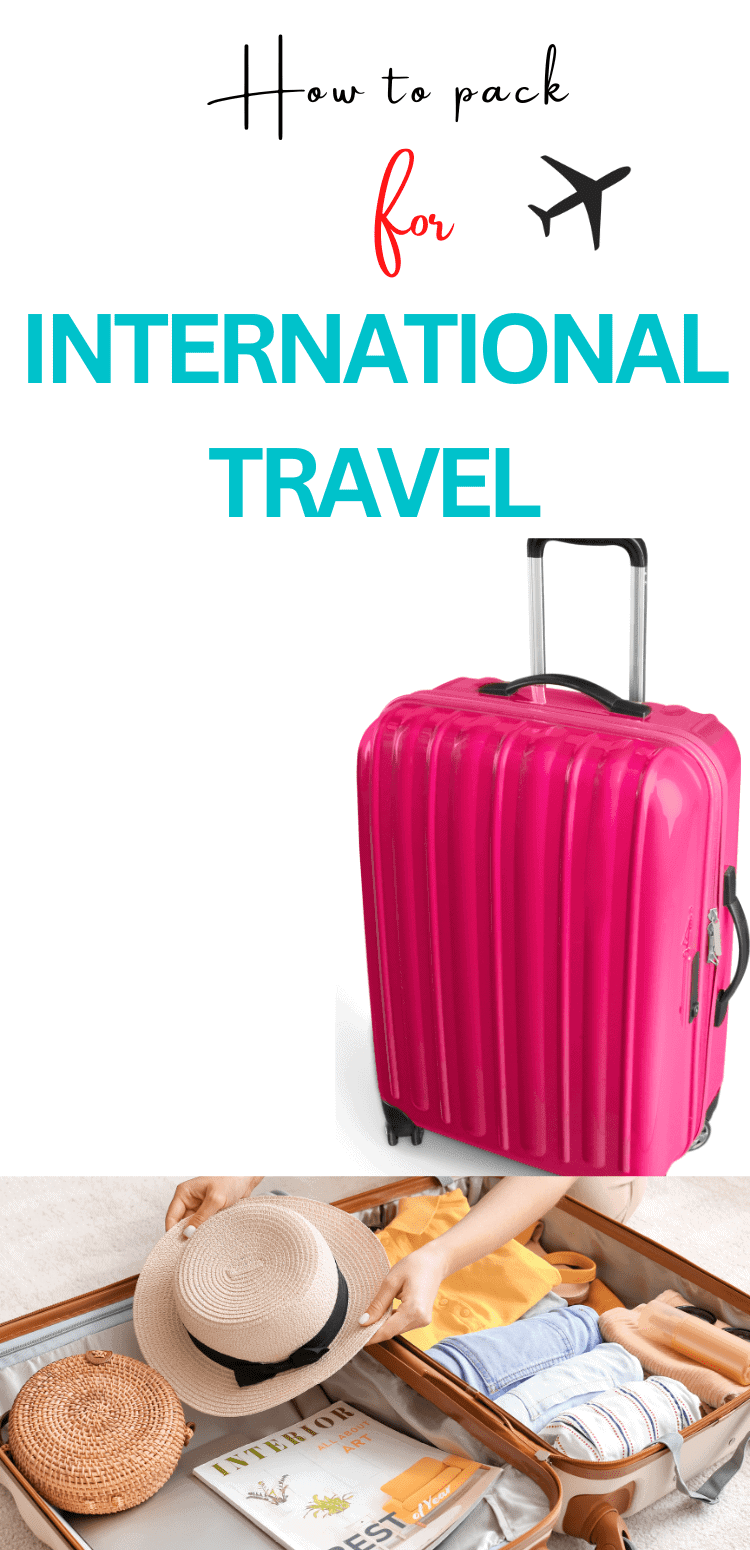
When traveling internationally, it’s crucial to consider the type of clothing and accessories you pack, ensuring they’re appropriate for the local climate and your planned activities.
Prioritize versatility, comfort, and cultural sensitivity if possible, take neutral colors as they are easier to mix and match.
Appropriate Clothing for Climate
- Temperate climates: Pack layers such as t-shirts, jeans, sweaters, and a jacket. These can be mixed and matched to accommodate changing weather.
- Hot climates: Focus on lightweight, breathable fabrics. Include items like blouses, shorts, and skirts. Always carry a sun hat and a scarf to protect from the sun’s rays.
- Cold climates: Insulated clothing is essential. Ensure you have thermal underwear, wool socks, and a warm jacket. A rain jacket is also advisable for unpredictable weather.
Footwear
- Comfortable walking shoes: A priority for any destination, ensure your shoes are well-fitted and broken in to prevent blisters. Two pairs of shoes and sandals should do.
- Formal occasions: If your itinerary includes dining out or attending events, pack a pair of dress shoes suitable for such occasions.
- Activity specific: If you’re planning hikes or water activities, include appropriate footwear like hiking boots or water shoes.
Accessories
- Practicality: A durable, waterproof bag is a must for day trips, alongside a universal travel adapter.
- Safety: A money belt or a hidden pouch can keep your valuables secure.
- Health: Always have a pack of extra face masks and hand sanitizer within easy reach.
Personal Care Items
When packing for international travel, personal care items that you can pack in your toiletry bag are essential to maintain hygiene and address health needs during your journey.
Toiletries
Your toiletries bag should include the basics for daily hygiene.
- Toothbrush & Toothpaste: Choose a compact, travel-sized toothpaste and a toothbrush with a cover to maintain oral hygiene.
- Shampoo & Soap: Pack travel-sized bottles or consider solid shampoo bars and soap leaves to save space and comply with liquid restrictions.
- Deodorant: Opt for a travel-size deodorant to stay fresh. Stick or crystal types are preferable for air travel.
- Lip Balm & Sunscreen: Protect your skin from the elements with a minimum SPF 30 sunscreen and a nourishing lip balm.
- Hairbrush or Comb: Bring a compact, folding brush or comb to manage your hair on the go.
- Moisturizer & Lotion: Small containers of moisturizer can counter dry cabin air or changes in climate.
- Floss & Razors: Dental floss aids in oral care, while disposable razors are convenient for shaving needs.
- Sanitizer: Hand sanitizer is crucial for maintaining hand hygiene, especially when soap and water aren’t nearby.
- Insect repellent:If you are visiting places where you`ll spend time outdoors,insect repellant is a must.
Medications and Health Items
Health-related items are critical and should be tailored to your specific needs.If possible, this should be stored in your carry-on luggage incase your check in luggage is delayed.
- Medication: Always bring sufficient prescription medication for the duration of your trip, plus a little extra in case of delays.
- Sanitizer: Hand sanitizer can help reduce risk of illness, especially in places where germs are prevalent.
- Ear Plugs: To ensure a good night’s sleep or comfort during a flight, ear plugs can be a lifesaver.
- First Aid Items: A basic first aid kit with bandaids, antiseptic wipes, and any personal medication is advisable.
Electronics and Gadgets
When traveling internationally, keeping your electronics and gadgets organized ensures you stay connected, powered, and entertained on your journey.
Communication Devices
Your phone is the most crucial communication device. Ensure it’s unlocked and compatible with international SIM cards for seamless connectivity you can also choose to get a local SIM card if your stay is extended.
Always carry a backup cell phone in case your primary one fails. If your itinerary includes remote areas or work commitments, consider packing a satellite phone.
For more substantial computing tasks, a lightweight laptop or tablet keeps you efficient on the go.
- Phone
- Spare cell phone
- Satellite phone
- Laptop/tablet
Chargers and Power Banks
Never forget your chargers for your electronic devices; without them, your devices are rendered powerless. Dual-voltage chargers are ideal for global electrical outlets.
A power bank is indispensable for long flights or when exploring places with limited access to power. Carry a universal travel adapter that includes USB ports for added convenience.
It’s wise to bring extra memory cards and a high-capacity external battery to ensure you capture every moment.
| Item |
Description |
|---|
| Chargers |
Dual-voltage preferred |
| Power Bank |
High-capacity for extended use |
| Travel Adapter |
Universal, with USB ports |
| Memory Cards |
Extra, for expanding your device’s storage capabilities |
Entertainment
For downtime or long-haul flights, pack your favorite entertainment devices. Headphones—preferably noise-canceling—can provide a personal oasis of sound.
E-readers loaded with books save space and weight compared to traditional books. Also, consider portable gaming devices or tablets filled with movies and music to make the hours fly by.
- Noise-cancelling headphones
- E-readers
- Portable gaming devices
- Tablet loaded with entertainment apps
Travel Comfort and Convenience
Achieving comfort while traveling maximizes enjoyment and minimizes stress. This section outlines essential items aimed at enhancing your travel experience through better rest and personal convenience.
Sleep Aids
Proper rest is crucial on any trip but mostly so in a long-haul flight. To help ensure you can sleep in various conditions, consider packing a few sleep aids:
- Eye Mask: Block out unwanted light with a comfortable, contoured eye mask. It’s a simple tool that can significantly improve sleep quality on long flights or in bright accommodation.
- Earplugs: High-quality earplugs can silence noisy environments, allowing you to focus on rest. Look for ones with a high noise reduction rating (NRR) for maximum effectiveness.
Travel Pillows and Blankets
Your choice of travel pillows and blankets can mean the difference between restlessness and restorative sleep:
- Travel Pillow: Opt for a memory foam travel pillow that provides neck support, is compact, and easy to attach to your luggage.
- Blankets: A lightweight, but warm travel blanket that can be easily packed offers both comfort and warmth, especially in air-conditioned environments.
Security and Safety
When traveling internationally, ensuring the security of your belongings in your checked bag and personal safety is paramount. Adequate preparation involves TSA-approved measures for your luggage and strategies to keep your valuables secure.
Remember on international flights, your luggage might be tampered with, especially in developing countries. So a TSA-approved lock is a must.
TSA-Compliant Locks
TSA-approved locks are imperative for securing your luggage while allowing airport security to inspect your bags without damaging the lock.
A TSA-compliant lock has a special symbol that signals TSA agents they can open it with a master key. Here’s a quick guide to help you choose the right lock:
- Look for the TSA logo: Ensure the lock has the Travel Sentry® symbol.
- Type of lock: Decide between a combination lock or a key lock based on your preference.
Not sure what TSA-certified locks are? then this post may be of help.
Keeping Valuables Safe
Managing your valuables requires vigilance and smart packing. This involves travel insurance, safeguarding important documents, and maintaining a list of emergency contacts.
- Travel Insurance:
- Select comprehensive coverage that includes loss and theft protection.
- Keep insurance details accessible, preferably in electronic and physical copy.
- Important Documents:
- Make copies of your passport, visa, and ID, storing them separately from the originals.
- Use secure, RFID-blocking wallets to prevent unauthorized scans.
- Emergency Contacts:
- Store contacts digitally in your phone and on a physical card.
- Include local embassy information, close family, and travel insurance hotline.
Special Items
Each trip may require specific items based on who’s traveling and the purpose of the journey.
Things like plastic bags for your dirty laundry are optional. For families, business travelers, and adventure seekers.
Some unique considerations and essentials should not be overlooked such as important prescription medications.
For Families
When traveling with children, ensure you have all the necessary items to keep them content and comfortable.
Pack plenty of toys to keep younger travelers entertained, and consider including a few favorite books for bedtime reading.
For those with infants, a sufficient supply of diapers and related supplies is a must. You might organize these items as follows:
- Toys:
- Travel-sized board games
- Handheld electronic games
- Small, soft toys for comfort
- Books:
- Bedtime stories
- Interactive or educational books
- E-readers for variety and space-saving
- Baby Essentials:
- Diapers (calculate the number per day)
- Portable changing pad
- Disposable diaper bags for on-the-go changes
For Business Travelers
The business traveler’s packing list should include items that enable you to maintain a professional appearance and to be prepared for meetings.
Pack a few suits and remember the ties to match. Keeping jewelry to a minimum is also wise both for style and security reasons. Here is a brief checklist:
- Apparel:
- Suits: At least two, including a travel-friendly, wrinkle-resistant option
- Ties: A selection to complement your suits
- Accessories:
- Conservative jewelry
- A quality, professional-looking watch
- Gadgets:
- Laptop or tablet, with chargers
- International power adapter for your electronics
- Portable Wi-Fi hotspot for uninterrupted connectivity
Adventure and Outdoor Gear
Your packing list should reflect your travel style, whether it involves gentle hikes or more rigorous outdoor activities.
Reliable hiking boots are a fundamental necessity for any terrain. Here’s what you should consider:
- Footwear:
- Hiking Boots: Durable, comfortable, and weather-appropriate
- Apparel:
- Moisture-wicking clothing
- Waterproof jacket or shell
- Thermal layers for cold weather climates
- Equipment:
- Navigation tools (compass, maps, GPS device)
- Multipurpose tool or Swiss Army knife
- Lightweight, quick-dry towel
Remember, special items will vary based on your travel circumstances, but the right preparation can make all the difference in your travel experience.
Final Packing Tips
When embarking on international travel, it’s essential to approach packing with a strategic plan. To ensure you’re fully prepared, follow these succinct tips:
Checklists: Crafting an international travel packing checklist is pivotal. List your items by category: clothing, technology, toiletries, and important documents.
- Clothing: Choose versatile and layerable pieces. Prioritize wrinkle-resistant fabrics.
- Technology: Pack chargers, power adapters, and portable batteries. Don’t forget memory cards and a travel-friendly camera if photography is a hobby.
- Toiletries: Remember travel-sized containers to meet liquid restrictions. Include a small first aid kit.
- Documents: Keep your passport, visas, and travel insurance details in an accessible but secure compartment.
Duplicate Essentials:
In your carry-on, carry duplicates of critical items like medications and glasses.
Space Saving: Compress and roll clothing to maximize suitcase space. Utilize packing cubes for better organization.
| Item Type |
Examples |
|---|
| Clothing |
Shirts, pants, undergarments |
| Gadgets |
Adapters, chargers |
| Personal |
Medications, toiletries |
| Documents |
Passport, itineraries, visas |
Weather Awareness:
Research your destination’s climate and pack accordingly. Include a lightweight, water-resistant jacket for unexpected weather changes.
Security Measures: Use TSA-approved locks to secure your luggage and consider anti-theft bags for heightened protection.
By adhering to these suggestions, you’ll optimize your luggage space and ensure that you remain comfortable and prepared throughout your travels.
Conclusion
Proper preparation is key to a stress-free international trip. Remember to personalize your packing list based on:
- Destination: Climate and cultural norms may dictate specific clothing and gear.
- Length of Stay: Pack sufficient items, but also consider laundry availability.
- Activities: Include appropriate attire and equipment for planned excursions.
Before departure, double-check your essentials:
- Passport and travel documents
- Prescriptions and first-aid items
- Electronics like cell phones and chargers
- Weather-appropriate clothing
- first-aid kit
- Personal hygiene products
Always leave room for souvenirs and unexpected purchases when visiting a foreign country.
Travel light to navigate easily and avoid excess baggage fees. Lastly, ensure all liquids are TSA-compliant if carrying on. Safe travels!
Key Takeaways
- Successful packing ensures all necessary items are included without excess.
- Preparedness for financial, documentation, and electronic needs is critical.
- Thoughtful packing contributes to safety and comfort throughout the trip.
I hope you enjoyed this International Travel Packing List and it will help you pack better next time you travel.If you have any questions, just leave me a comment below

